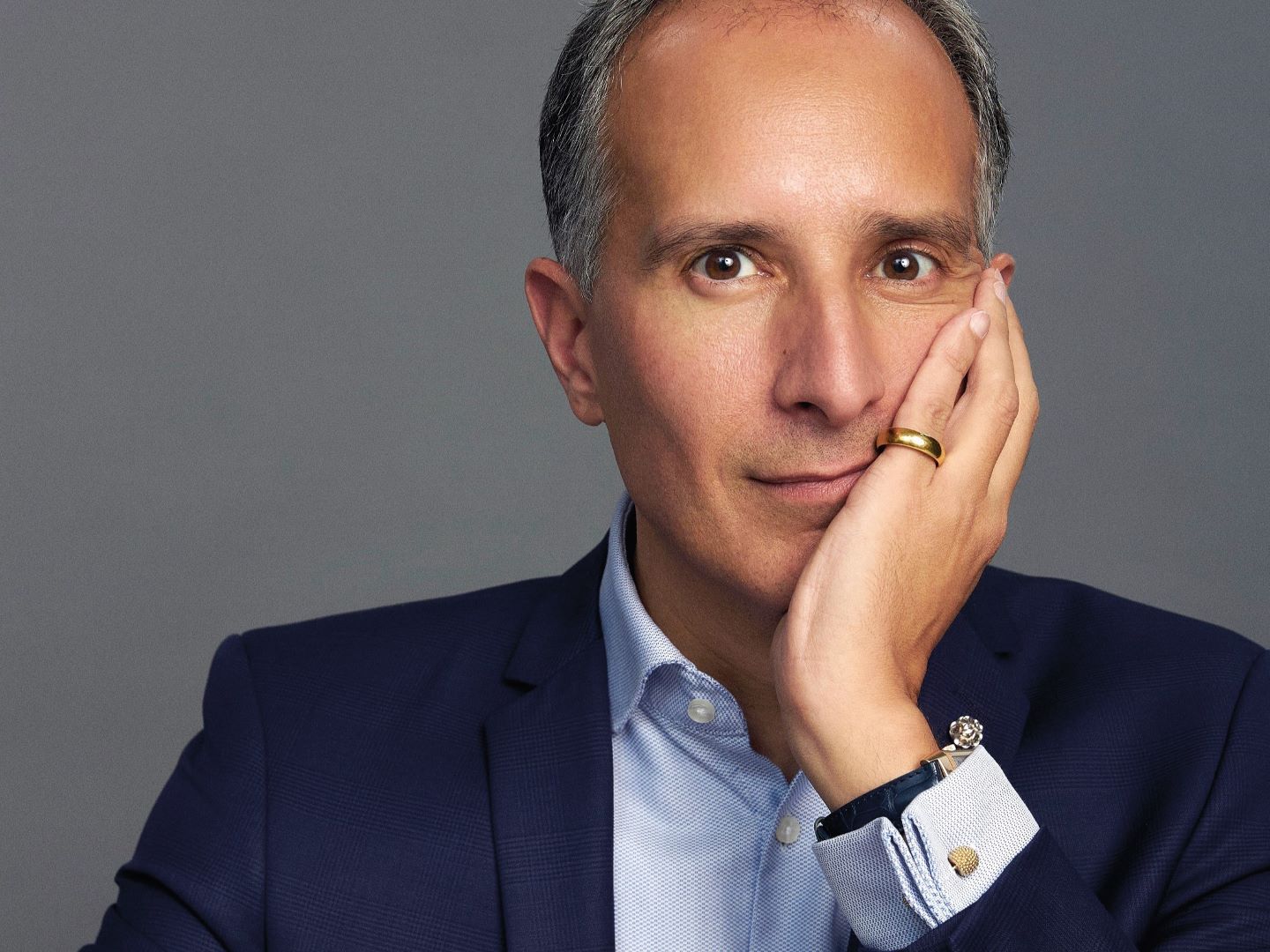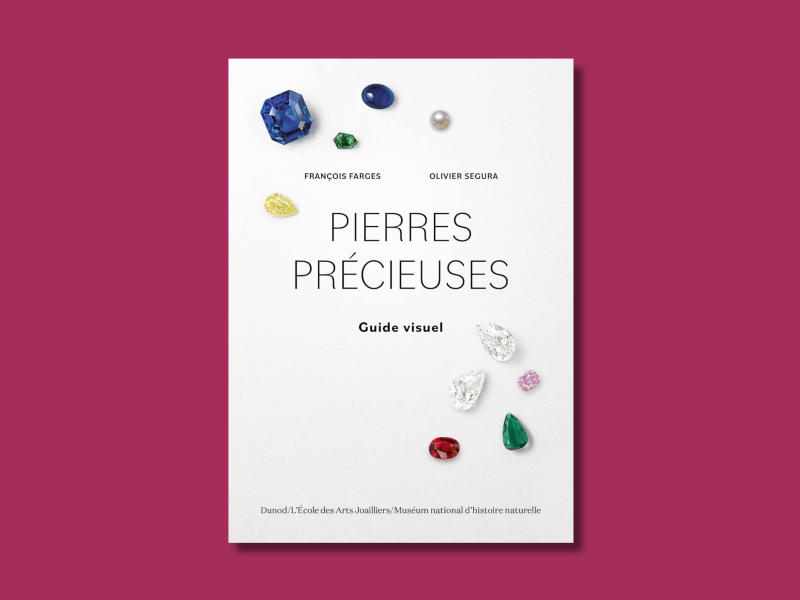
Segura: When you get to know the experts behind the creation process, it is an amazing discovery (All photos: L’École Asia Pacific)
Seated in the Presidential Suite of Raffles Hotel Singapore for an exclusive interview with Options, Olivier Segura projects an air of calm self-confidence. The gemologist and managing director of L’École Asia Pacific, School of Jewellery Arts, is the definition of a man with the world at his feet and a twinkle in his eye.
Educated in France, Segura holds master’s degrees in biology and geology as well as marketing and communications.Yet, these qualifications only scratch the surface of an illustrious career that has seen him in a range of leading positions, such as director of the French Gemological Laboratory (2011 to 2018), the French delegate for the World Jewellery Confederation (CIBJO), vice-president of the CIBJO Pearl Commission, a member of the RJC communication committee, a French representative for the ISO jewellery standards and president of the French Gemology Association.
With plenty of titles to his name, not many would imagine that Segura’s lifetime of success began with a handful of humble stones.
“As a kid, I was really interested in the shiny pebbles and gravel I found outdoors and while travelling. I would collect them. Not precious gems, of course, but many rocks and little things,” Segura says with a laugh as he recalls how his parents often despaired at his “hobby”.
Not all childhood fancies stick with us until our adult years, but every now and then, they turn out to be more than just adolescent amusement. Segura’s boyhood love for Mother Earth’s little keepsakes and treasures evolved into a life’s calling in the field of gemology.
In 2018, Segura joined L’École, School of Jewellery Arts — the Parisian-founded academy supported by luxury maison Van Cleef & Arpels — as its scientific director. There, he spent several years overseeing the educational policy and developing teaching materials, shaping the organisation into a class of its own.
vc.jpg

“The school was created in 2012, and when I joined there was still a lot to build,” he says. “I came to develop the programmes on gemology, create new courses, books and exhibitions.” His hardwork and dedication did not go unnoticed, and last August, he was officially named managing director of L’École Asia Pacific.
Some may argue that educational institutions such as L’École, which are “not meant to train professionals but for the public to discover”, ruin the allure and exclusivity of jewellery by allowing regular society behind the scenes. Segura begs to differ.
“It is right that some may think this unveils the magic, but I think it is to the contrary. The more you explain, the more people want to know and are attracted, excited and moved.When you get to know the experts behind the creation process, it is an amazing discovery. Of course, not everything can be learnt in a few hours, but once you start, you never want to stop.”
It is perhaps deeply entrenched in human nature to talk about our passions, to shout from the rooftops about our latest findings. Segura believes this habit not only helps increase appreciation for jewellery and the artisan class, but also opens up whole new worlds that were once hidden from most of society.
“You just want to share with family, friends or the public because you love what you are doing. This is the case at Van Cleef & Arpels. Our CEO, directors and team are all very passionate about jewellery, and it can be very difficult to bring your loved ones to the workplace because these places are usually private and closed to outsiders. This is why L’École was founded.”
Currently, L’École’s main curriculum (which is constantly being refined and improved) comprises a mix of classes that dive into all niches of the jewellery and gemology fields, from history to crafting. “We also host exhibitions, which is another way to learn about jewellery. We have talks and conversations between experts, and programmes for different groups of people, even children as young as five and teenagers. We also have a podcast,” Segura explains.
untitled_design_11.png

“There is no other place in the world where you can meet and speak with professionals, use the same tools and experiment. We have a lot of young people for whom this is their first experience [with the jewellery business], and we have many professionals who want to dive deeper into the field. Our goal is to plant the seeds and open the possibilities.”
As more youth gain interest in artistry and the demand for fine and high jewellery reaches an all-time high, Segura recognises the importance of looking back on how far the industry has come and learning from those who came before. “We have several courses focused on the art history of jewellery, and it is very interesting to see the evolution of tastes and techniques,” he says.
In a time when vintage aesthetics and period fashion are making a comeback, these courses enable the modern scholar to be acquainted with archival styles — those that hold the stories of cultures, communities and craftsmen that have been buried by the sands of time.
In the coming years, Segura plans to “bring more of L’École to the neighbouring countries and regions”. While the Asia-Pacific branch is currently located in Hong Kong, recent efforts have seen the school take its experience elsewhere — the latest and most notable being a ruby exhibition at Les Jardins Secrets by Van Cleef & Arpels in Singapore’s Raffles Arcade. The presentation, open to the public until Oct 20, familiarises visitors with the red King of Gems that has mesmerised collectors and civilisations for centuries.
The greatest teachers are born out of the best students. While Segura is far from the diamond in the rough his boyhood self was, his learning journey continues, especially as he intends to adapt and cultivate regional research efforts.
“I am really excited about this project, because we can not only distribute more knowledge [around Asia-Pacific] but also bring what we learn here to the other continents and foster information exchange between our different campuses and communities.”
This article first appeared on Sept 16, 2024 in The Edge Malaysia.


